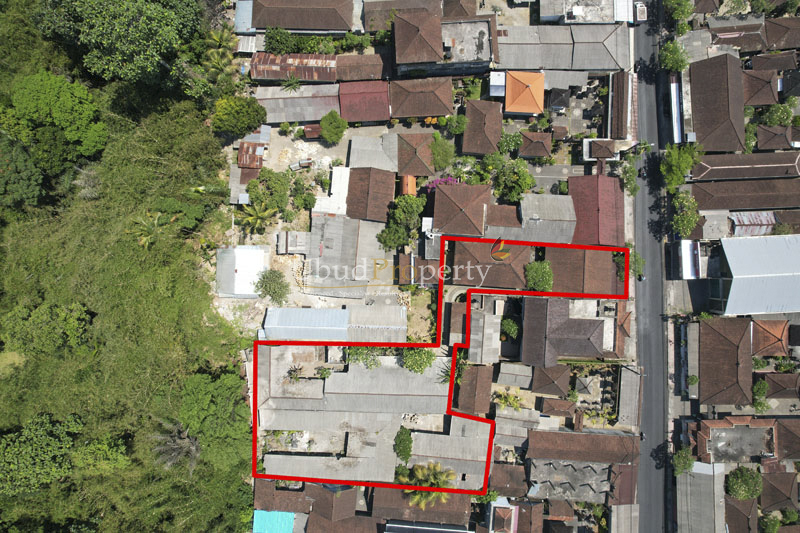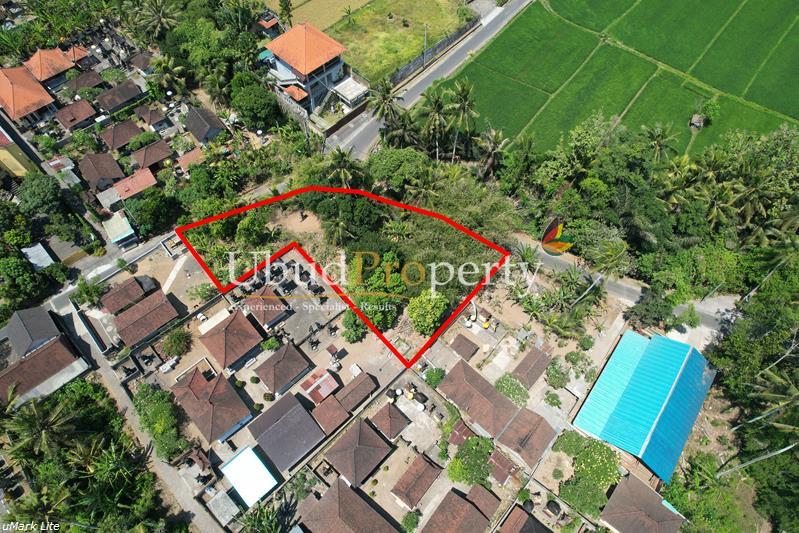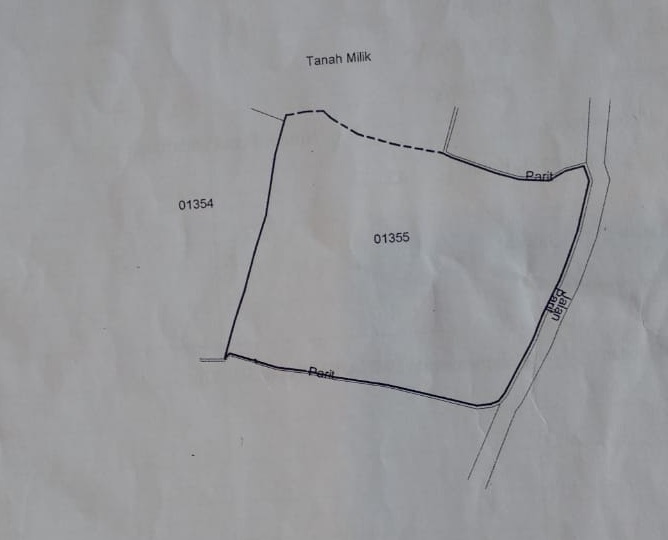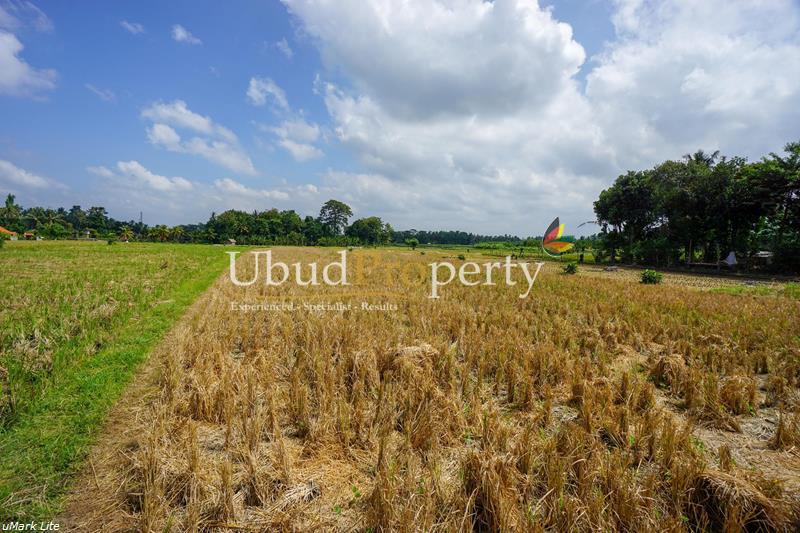Wish you weren’t here (about Ubud’s tourist numbers)
21 Nopember 2018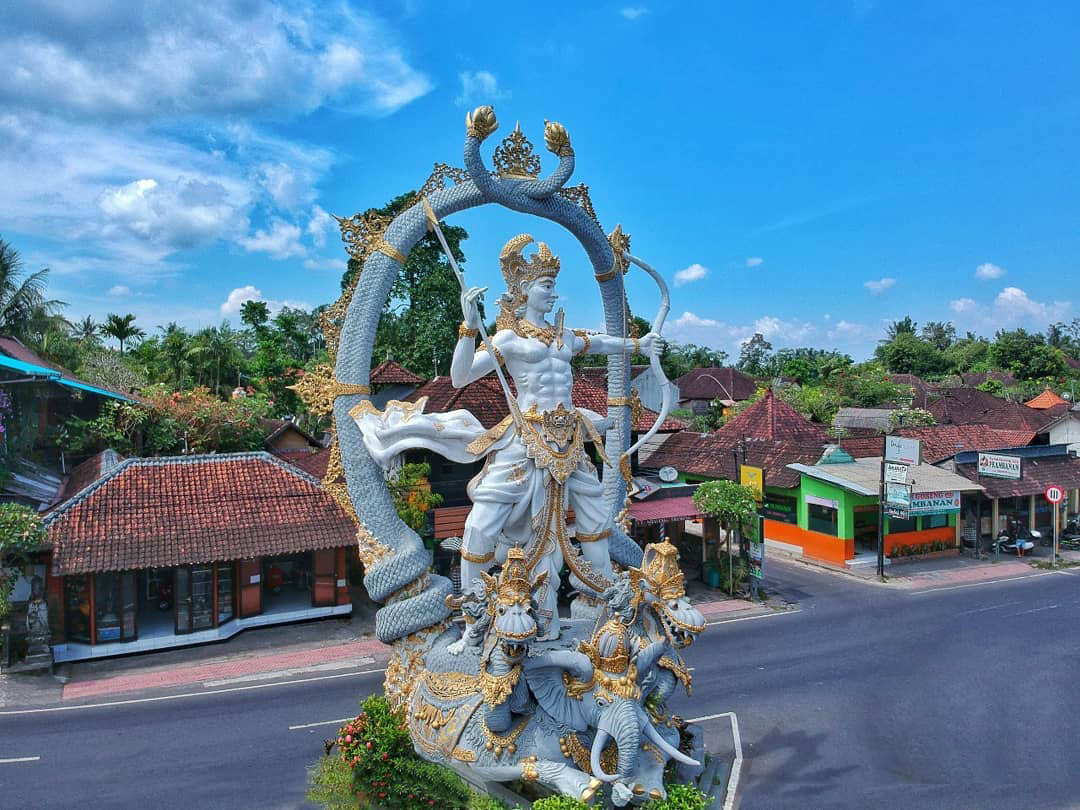
Thanks for opening this! If you read on, I promise, you will end up at least with some interesting discussion material and at best with an idea about how to conveniently make good money
Straight into today’s subject:
You may or may not know about a new tool in google’s range of services, called Google Trends. This is a website which gives information when and by how many people certain research topics have been visited. An example:

You see that Ubud has been looked up in the tourist seasons. December and August almost double as much as in the low season, such as November.
Simple conclusion: The interest in Ubud comes mainly from tourists.
You are not the only one who these days cannot walk in a straight line along Ubud’s main street. Many visitors are clogging up the walkways. It is even fair to say: ’too’ many, in relationship to Ubud’s limited infrastructure. Maybe you agree.
However, ask the sales girl in a batik shop or any other tourist related outlet and they do not agree. They would hope for more tourists again. Today many of the local businesses do not make enough money to keep their doors open for much longer. Similar to what recently a study in the town of Cambridge showed. The average coach-tourist was spending just 3 Pound sterling (about Rp 60.000) per day in the city.
Dear Reader, you are probably expat like myself. We may be forgiven to look with our expat or ’bule’- eyes at what happens out there, ignoring for a moment the small shop owners plight who struggle to make ends meet, despite ’Overtourism’, which is a new and fitting term for what Ubud already experiences over much of the year.
Over-tourism is an expression which only recently came up. It was probably first used in tourism centers such as Venice or even the sparsely populated Easter Islands, which are not at all prepared for mass tourism and overrun by visitors, - to some extent, just on a different scale, a little bit like ’our’ Ubud.
However, there are places where the problem is even much worse-In Venice, a city which is literally sinking under its visitor numbers, the City Council set up pedestrian gates. When crowds become too thick, the police will close them. Just locals with a special pass can enter. Imagine this would be done in Monkey Forest Road. Can anyone imagine? Of course it would not work, like the last step before becoming a Theme Park.
In July this year, protesters attacked tourist buses in Barcelona and Palma de Mallora. Not likely to happen with the friendly Balinese population, but still, there are these busses, always these busses…
In March President Duterte of the Philippines banned tourists altogether from the tourist island Boracay for six month. Too many visitors and too few sewers made a mess of the island.
Just last month the Thai Government restricted overnight stays on the Similan Islands.
There are many more areas world-wide suffering from over-tourism. This backlash on traveling might seem odd. The World Travel and Tourism Council, a trade body, says that tourism directly accounts for nearly 3% of the world’s GDP. The industry employs 5% of the world’s workforce. Surely, tourism is a supporting force for wealth development everywhere. One out of five new workplaces is said to be based on growing tourism numbers.
Interestingly, in a community based inquiry, where 170 local Ubud residents of mixed age where asked to rank their opinion about the benefit of tourism to Ubud on a scale from 0 to 4, the result was 1.9. You could say, this is on the positive side of 50%, but you also could say that a town, where the income from tourism is the base for most people’s existence, only 1.9 seems slightly negative to me. No need to try to analyze the background of the study. It is what the people said.
There is also no escaping from the fact that as the years go by, more and more of Ubud’s unique loveable features are at risk to be buried. Only last week I noticed a second Starbucks freshly established in Monkey Forest Rd., this time with their standard commercial billboard signage; more commercial than the first one in Jl. Raya Ubud, with a nicer subtle appeal, as probably demanded by the town planners at the time.
However, compared to the more serious problems other towns are facing from mass tourism, Ubud is still lucky and I enjoy walking to any of the Starbuck’s even if it means to step up and down the walkway often.
The town is likely to be spared from dreadful excesses, such as in Amsterdam, where alcohol and marijuana are mixed and many upset stomachs combine to soil the darker corners in town. Also any kind of hooliganism has not reached Ubud. It is safe to say it is unlikely it ever will, because more moderate visitors come here to enjoy what is regarded and advertised as the unique traditional atmosphere and spirit of the town. Hail also to the yoga centers and numerous other wellbeing and health promoting places, all attracting the ’good folks’.
The trend seems to be though, that most visitors come for 2-3 days, do their look around, shoot their photos and leave. Tourists from China and India dislike tanning and although they may not particularly value Balinese tradition as westerners do, because they come from long standing strong traditions themselves, at least they can escape from the beaches to Ubud’s fresher climate and again, add to the pedestrians and traffic here.
In the 1970s and to the 1990s most visitors were from western Europe, America or Japan. They came to eat in traditional restaurants and visit Ubud’s art museums. Today tourists are often day-trippers from coastal resorts, or are on their first trip abroad from Asia on the round-tour. They crowd the pavements with packed lunches rather than spend money in shops and restaurants, as said before. A new term came up: ’Munch and flee visitors’.
However, there is a silver lining on the horizon. For example, the maturing taste of Chinese tourists may change the present trend. A recent survey by McKinsey finds that they increasingly dislike coach tours, group visits and being led to the main attractions only. First-time tourists travel in tour groups, but more experienced ones tend to travel independently. Nearly three-quarters of the Chinese tourists polled by Oliver Wyman, another consultancy, said they had mostly planned their trips by themselves in 2016, up from 49% the year before. This is likely to apply to Korean and other visitor groups too and we may see less groups following flag carriers.
Before we come to the promised part of how you and me, the resident and non-resident expats, can benefit from Ubud’s rise in fame, maybe you have an idea about how regulate the tourist numbers?
Obviously the ban for buses going through Ubud center was a small but worthwhile move to help a bit with traffic problems.
What about limiting the parking spaces for tourist buses? Could a higher tax on overnight stay in Ubud’s town center help to spread visitors to nearby areas? Marketing of events to concentrate on the quieter times of the year? The Ubud Readers and Writers Festival in October served as a good example.
Should you have any thought about what may help to regulate tourism in Ubud, please let me know. Soon I am seeing Ubud’s administration for a discussion on this and will bring all good suggestions on the table.
According to the World Tourism Organisation, an agency of the United Nations, the number of international visitors making overnight stays grew to 1.3bn in 2017. That is twice the number of year 2000. Even so, the rise in numbers is not the real problem, says Alex Dichter of McKinsey. ”People in 99% of countries in the world are crying out for more, not fewer, tourists.” ”The problem is that these extra tourists are converging on the same places” … one of which will remain Ubud for decades to come.
Furthermore the internet is very effective in directing tourists to ” the list of things to do before I kick the bucket”. (Derived from the movie ’The Bucket List’). Also ’Eat, pray love’ is still on the minds of many, adding to the attraction of Ubud.
Since we see that Ubud is and will remain popular, do we just have to stand on the side and watch the Merry-go-round without taking part? I don’t think so.
Have you ever thought about how to make use of Ubud’s attractions yourself? Given that the town will continue to grow in international popularity, what is a logical step to claim your share in the development?
Think about this - If there are unused funds lingering in your account and collecting a misely 1.8% interest, as e.g. term-deposit accounts in Australia, or my own humble old-age savings in Germany, look at what you can do putting this money here to work for you:
Get a steady passive income flow from renting out a n d even collect capital gain from ownership of a property, or –lease. You don’t want to wait 7 years for your returns to break even and cashing in on value increase of the rental house? Then consider the continuously rising land values. Buy property! Sell after a year or two and smile about the alternate bank interest, which is also safe, but a far less effective means of letting your money give you the best return.
It makes sense to go all the way by the book when purchasing land or house, or applying for the licenses required to rent out. Under the line, when all is done well, best with help and tips from a professional adviser, there is hardly any safer and overall better investing anywhere.
Take the step. Ask UbudProperty about what you can expect from property investment here.
- Our Director, Dani Sulistyo, comes with a banking background, he is happy to advise objectively.
- You can address to our own in-house Legal Department to find out about regulations and law,
- backed by 15 years of unblemished performance and Ubud-expertise
- and meeting our staff is a pleasure. Trust me. All at no charge.
The only downside: Please call for appointment : 0361 970888, or write to us: info@ubudproperty.com
Kind regards until we meet here again Ray.
